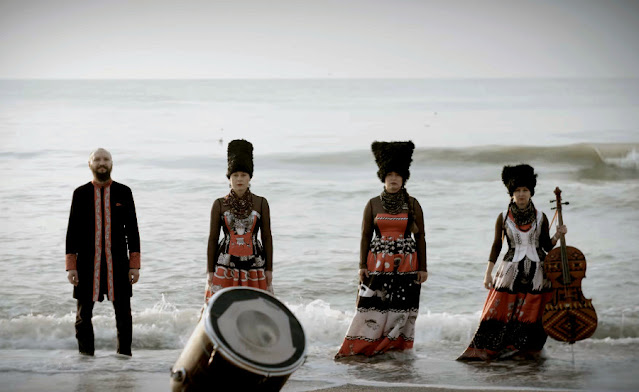All the leaves are brown – A brief exploration of artists that have discovered Autumn through trees!
This might sound a bit specific – however when you recall painted imagery from all epochs the tree does really symbolise the season. I'm going to talk about a couple of movements and artists that really captured the season through their work, and those where the study of the tree really transformed their style:
To start us off, it would be difficult not to mention the impressionists. Capturing scenery really was the game of the movement and Monet’s Autumn on the Seine at Argenteuil, 1873’ shows a plethora of colour which did not feature in his summer palette. Deep oranges and subtle ochres of the trees contrasting with the cold blues of the river.
However an impressionist who truly embraced the season was Van Gogh. Although he is also known more familiarly with spring and late summer with his sunflowers and cornfields – however his work suited autumnal trees predominantly throughout the 1880s – beginning with the very realistic and very sepia ’Appel Orchard with Lime Tree ...’, 1881 which was etched rather than painted and worked on with charcoal and then moving to his more recognisable style by 1889 with ’The Mulberry Tree In Autumn’. You can almost timeline Van Gogh’s conceptual growth in this decade by looking at his work with trees and ’Autumn landscape with 4 trees’ that was painted mid-decade, in 1885 really feels like a middle ground between the two aforementioned works.
Gustav Klimt
Skipping on to the turn of the century, another artist that you may not immediately identify for their autumnal works is Gustv Klimt – of course famous for ‘the kiss’ and other figurative works – but of course the golden colouration of Klimt's work makes sense for this season – and he had a huge catalogue of extremely beautiful forest painting, such as ‘Birch Forest I’ . In his biography it says: “Klimt seems to have felt tranquil in the middle of forests. Although the trunks are cut off by the top of the canvas, the composition is not claustrophobic. Rather, the trees reach up to the sky like columns in a cathedral created by nature.”
Moving onto modernism with - Georgia O Keefe – the "Mother of American modernism" the artist is best known for her detailed portraits of flowers and leaves collected by her from the local area and used for the paintings. She was a real master of bold and sumptuous colour and again you can see throughout her life the artist came back and forward to the season and the colours used in her autumn works became very poignant in her later symbolism. The crimsons of her ’Autumn Leaves study also represented in Autumn Trees – The Maple and then in her much later more surreal work ’Pedernal – From the Ranch # 1‘, (1956)
The last painter that I want to mention today would be a real FastForward, and this is a contemporary who’s work you may have seen in his retrospective – A Bigger Picture in 2012at the Royal Academy.
David Hockney is of course mentionable as landscape has made an impact on his lifetimes work- 'the place‘ of his subjects carefully composed to ensure stark juxtaposition of characters and objects. However more specifically in his recent years with his largescale paintings of the tree–lined East Yorkshire sees Autumn in a similar style but with incredible warmth and stillness in his repeditive every day paintings. Unlike those famous images - ’My Parents’ or ’The Splash’ For example, Woldgate Woods, 21, 23 & 29 November a work by the artist in 2006 demonstrates a similarly bold colour palette, careful composition but an image that shows a finishing or ’rounding up’ of his practise. As the artist moves into the winter of his practice, Autumn falling leaves falling in solemn woods might symbolise more than a warming aesthetic.







Comments
Post a Comment